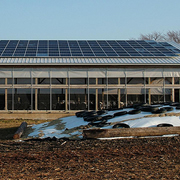
Senior Capstone Projects (2011-2012)
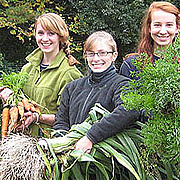 Skidmore Supported Agriculture: Bringing More Local Food to the Skidmore College Community
Skidmore Supported Agriculture: Bringing More Local Food to the Skidmore College Community
Will Dowling (2012)
The current industrial agriculture system in the United States has damaged the environment and distanced people from their food and farms. The organic and local food movements have arisen in response to this system’s flaws. Through programs such as Community Supported Agriculture, people are gaining access to wholesome, local food while reconnecting with their food and communities. This project seeks to provide the benefits of this service to the greater Skidmore College community.
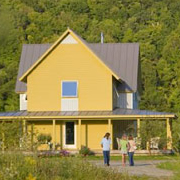 The Homeowner's Guide to Green Building
The Homeowner's Guide to Green Building
Trisha Carile and Ian Bain (2012)
Buildings in the United States are responsible for a significant fraction of our overall water consumption, energy use, greenhouse gas emissions, and waste production. By combining new interview data with data from a previous capstone project, we identified several persistent challenges to increasing green building in Saratoga County, including costs and client awareness. In response, we created an online sourcebook of regional green building techniques and products for homeowners.
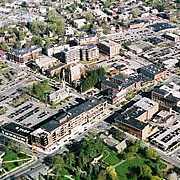 Promoting Environmental Sustainability Initiatives: The Role of a Chamber of Commerce
Promoting Environmental Sustainability Initiatives: The Role of a Chamber of Commerce
Kelly McDonnell and William Moseley (2012)
A significant, positive association has been found between environmental stewardship and economic growth. Taking this into consideration, our study focuses on the role of Chambers of Commerce in forwarding environmental sustainability initiatives. This study was informed by interviews with 20 Chambers of Commerce and interviews with Saratoga County Chamber members. Out research culminated in a series of recommendations for the Saratoga County Chamber of Commerce to promote environmental sustainability in Saratoga.
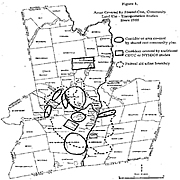 SEQRA: The Construction of Effective Change
SEQRA: The Construction of Effective Change
Sam Glickman and Drew Levinson (2012)
The New York State Department of Environmental Conservation is process of creating a set of proposed revisions to the documents associated with the New York State Environmental Quality Review Act (SEQRA). We conducted a stakeholder analysis to evaluate the effectiveness of the SEQRA process. We then compared our findings with the proposed revisions to determine if these changes are addressing the identified inadequacies within the SEQRA process.
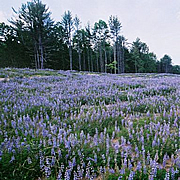 Keeping up with the Karners: Habitat, Population and Persistence of a Local Federally
Endangered Species
Keeping up with the Karners: Habitat, Population and Persistence of a Local Federally
Endangered Species
Olivia Berry and Tessa Leverone (2012)
One of the largest populations of the Karner Blue Butterfly, a federally endangered species, is located in the Saratoga Watershed. We synthesized five years of demographic and habitat data collected by The Nature Conservancy and NY-DEC. Our results demonstrate that habitat characteristics and existing population size can predict much of the variation in how sub-populations grow or shrink in size over time, and reinforce the importance of targeted and consistent management practices in the future.
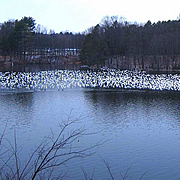 The Toxicology of Saratoga's Drinking Water: Herbicides Impact Aquatic Animals
The Toxicology of Saratoga's Drinking Water: Herbicides Impact Aquatic Animals
Paige Reeves and Sarah Hunter (2012)
Our drinking water reservoir, Loughberry Lake, is treated with a chemical algicide,
copper sulfate. We investigated the effects of copper sulfate on non-target aquatic
invertebrates by exposing aquatic snails, insects, and leeches to one of three copper
concentrations, all below the limit set by the EPA. All three types of organisms
experienced altered metabolic responses, and ultimately increased mortality rates,
in the presence of copper sulfate relative to controls with no copper sulfate added.
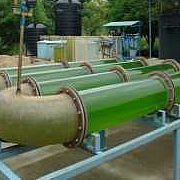 A Cultured Revolution: Growing Native Algae in Wastewater to Produce Ethanol Full report is not available. Please contact Program Director for more information.
A Cultured Revolution: Growing Native Algae in Wastewater to Produce Ethanol Full report is not available. Please contact Program Director for more information.
Pia Ruisi-Besares and Peter McInerney (2012)
Production of bioethanol from algae presents a sustainable alternative to first generation biofuels and fossil fuels. We grew two native algal species in different treatments of wastewater and measured total biomass and ethanol production. Penium margaritaceum and Scenedesmus quadricuada were most productive in 50% wastewater treatments; S. quadricuada produced greater amounts of biomass per treatment and ethanol per gram. Wastewater composition determined the total biomass per treatment while cell physiology determined ethanol production.
Rachel Chalat and Leandra Cooper (2012)
We examined the technological and financial feasibility of a solar installation for the Williamson Sports Center and the Van Lennep Riding Center at Skidmore College. The technological portion of this study evaluates practical installation considerations for each site, and the financial portion provides monetary incentives and options. Ultimately, our study provides possible opportunities to help Skidmore continue to reduce its greenhouse gas emissions.
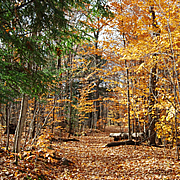 The Gift That Keeps on Giving: Skidmore College's New Land
The Gift That Keeps on Giving: Skidmore College's New Land
Eva Fillion, Jackie Slocombe, and Roz Freeman (2012)
Skidmore College recently received a gift of 200 acres of forest just north of the
College’s riding stables. We investigated the educational and recreational value
of the new land, estimated the carbon sequestration capacity of the forest within
the context of the greenhouse emissions by the College, and explored whether other
peer colleges have comparable forests (and, if so, how they use them). We offer recommendations
to balance effective use and preservation.
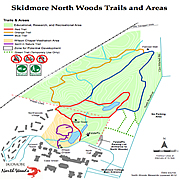 Understanding the Competing User of Skidmore's Commons: A Stakeholder Analysis of
the North Woods Full report is not available. Please contact Program Director for more information.
Understanding the Competing User of Skidmore's Commons: A Stakeholder Analysis of
the North Woods Full report is not available. Please contact Program Director for more information.
Adam Schmelkin and Charlie Glassberg (2012)
The North Woods is a 165-acre forest on Skidmore’s campus that is used by different groups with distinct concerns, values and perceptions of the resource. Interviews were conducted with students, faculty/staff, and community members to understand these diverse interests. These interviews informed the creation of recommendations to promote the long-term preservation of the forest and balance individual use, scholarly use, and potential development plans.
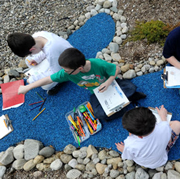 No Child Left Indoors: An Analysis of Local Place-based Elementary Environmental Education Full report is not available. Please contact Program Director for more information.
No Child Left Indoors: An Analysis of Local Place-based Elementary Environmental Education Full report is not available. Please contact Program Director for more information.
Sara Velardi and Adam Cohen (2012)
As children spend less time outdoors, they may lose connections to the natural world
- an important aspect to the development of environmental stewardship. In analyzing
thirteen local elementary schools, we found that found that land use (composition
of areas adjacent to schools), school resources, and teachers’ initiative are the
primary factors influencing outdoor experience in science lessons. Teachers’ motivation
to include experiential outdoor lessons proved the most effective method to remedy
this predicament.
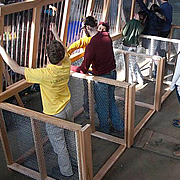 Sights and Sounds: Building a Broader Audience for Environmental Issues
Sights and Sounds: Building a Broader Audience for Environmental Issues
Gordon MacPherson and Alex Ethier (2012)
Current messaging techniques make it easy to consider issues of sustainability and
environmentalism the sole dominion of ‘the environmentalists’. To combat this mentality
and give environmental issues the societal and political attention they deserve, we
developed two projects. We worked with student artists to create a campus-wide photo
installation that raises awareness of College sustainability initiatives, and we produced
two short radio stories to determine the effect of narrative in engaging and educating
listeners.
